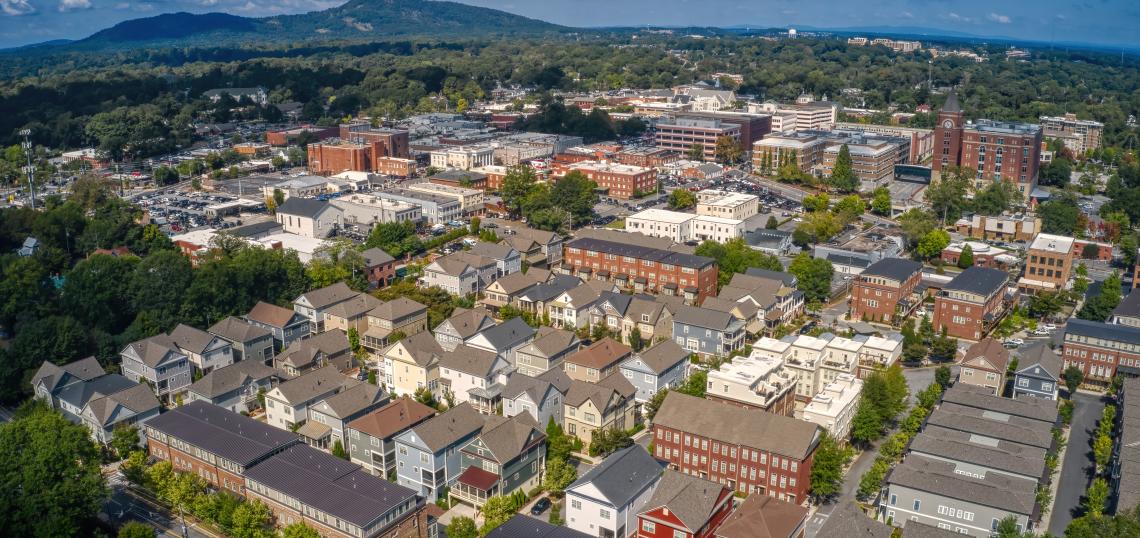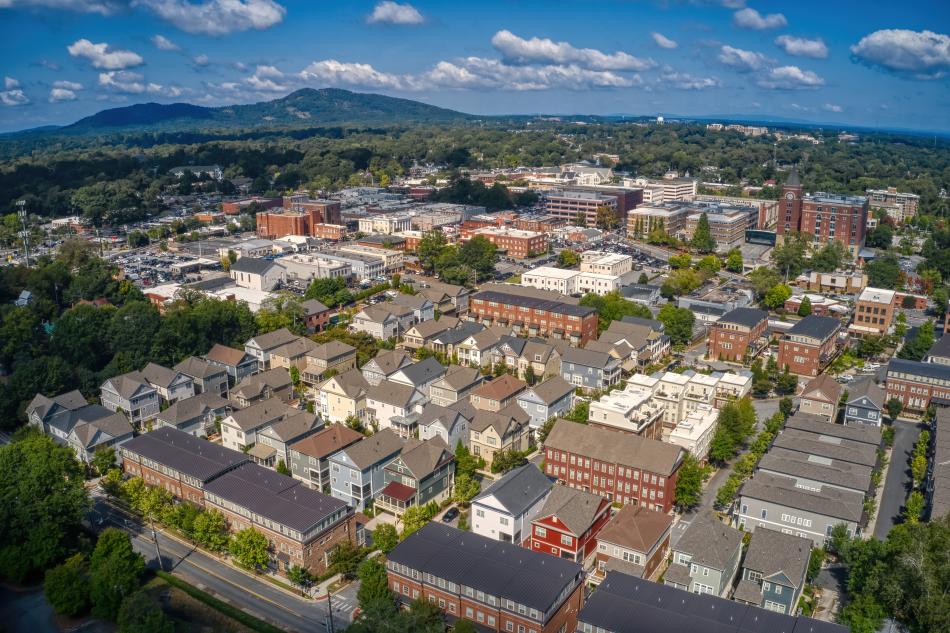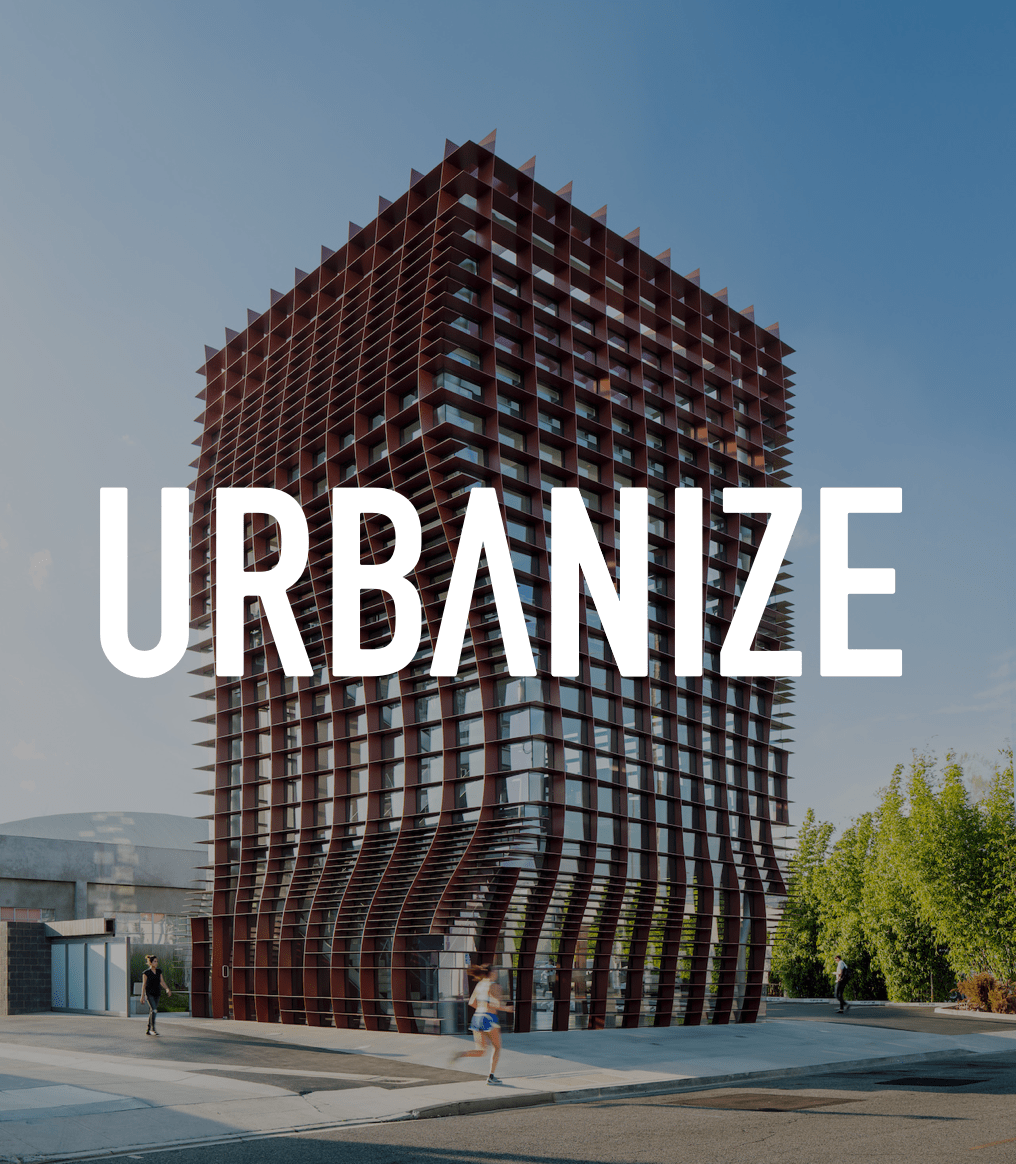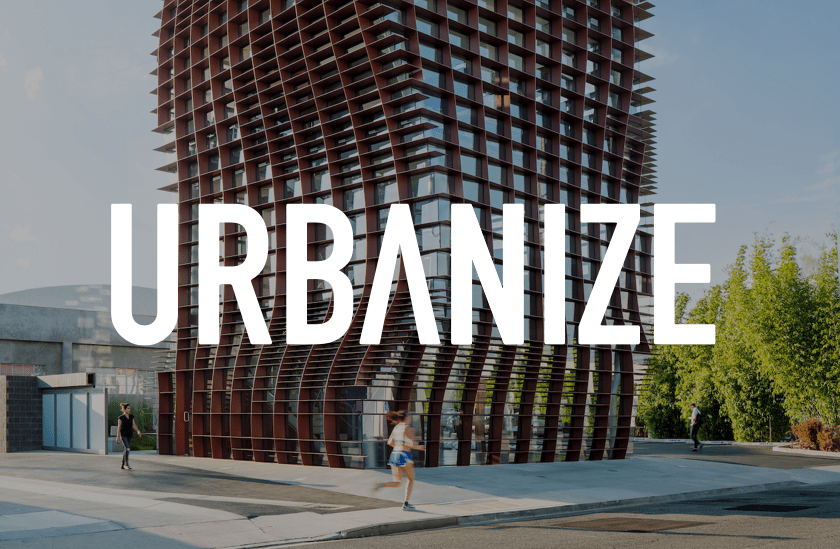Editor's note: As past Suburban Smackdown tournaments have shown, metro Atlanta’s OTP outer regions are dotted with jewels of walkable city centers and proud, mini urbanism success stories. But Sam Foster believes there’s room for improvement—and the budding will to make it happen.
Foster, a systems engineer and civic activist, is a Gen Z candidate running for Marietta mayor. He’s vying to unseat incumbent Mayor Steve “Thunder” Tumlin, who announced earlier this month he’ll be seeking a fifth term in the Nov. 4 election.
Below, in our latest Letter to the Editor installment, Foster makes the case for why he feels a new day is dawning for urbanism in Atlanta’s ’burbs. The result, he posits, could be better connectivity for everyone and affordability for a new generation trying to get a leg up.
...
Dear Editor,
The City of Atlanta is experiencing unprecedented growth. We’ve seen extraordinary urbanization over the past 20 years, especially with the Beltline and developing corridors such as Memorial Drive, even as infrastructure has lagged and many parts of the city remain hostile to pedestrians and cyclists.
This has also played out all across the region, especially in Marietta, where I live.
Despite our reputation for being very suburban, the central core of the city, the Marietta Square, is one of the most charming and walkable downtowns in the state. Its collection of more than 60 restaurants and breweries rival any in the region, and its frequent events, like Marietta the Gathering or the summer concert series, offer free public activities too rare in the suburbs. Impressively multigenerational, a Saturday on the square sees scores of children and adults alike enjoying the charm of the historic downtown.
Putting this in context with the growth we’re experiencing, we are at a unique moment where we can take our city to new heights. Yet Marietta’s leadership is holding the city back.
Corridors the city has been trying and failing to invest in have languished for decades as revitalization plans seem to stall or never deliver real results. Key streets that lead into downtown, like Roswell Street, Fairground Street, South Marietta Parkway, and Franklin Gateway still have dangerous car speeds, subpar transit, and high car volumes, making getting around outside of a car unsafe and unsettling.
Since little new housing has been built, due to the mayor and council’s shunning of multifamily and missing middle housing, housing prices and rents in the city have gone up dramatically, pricing out younger residents and making homeownership a fading dream.
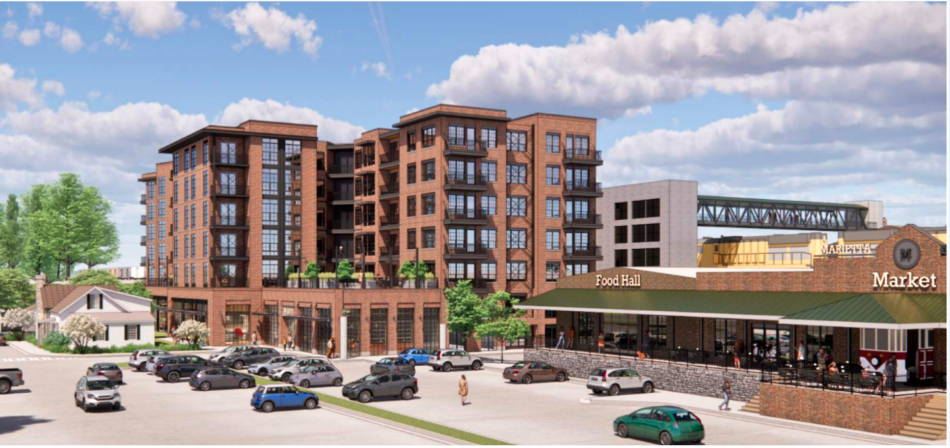 A 135-unit apartment proposal that angered some Marietta leadership in 2023; critics argued it was too dense and resembled New York, not the Cobb County seat. A version with fewer apartments was later approved. Bridger Properties
A 135-unit apartment proposal that angered some Marietta leadership in 2023; critics argued it was too dense and resembled New York, not the Cobb County seat. A version with fewer apartments was later approved. Bridger Properties
Fortunately, a younger generation of Marietta residents is ready to turn the tide on decades of suburbanization, car-dependency, and NIMBYism. More than their parents and grandparents, young Americans want to live in walkable, safe neighborhoods, with pedestrian-friendly streets, slow car speeds, places worth walking and biking to, and trees for shade. Like their parents, they also want to be able to eventually own their own homes, an aspiration only possible through expanding supply.
A Better Cobb, the urbanist nonprofit I helped found, is living proof of this trend, steadily growing in numbers and influence, especially from young people like myself and students at the county’s flagship university, Kennesaw State.
Through A Better Cobb, I’ve had the honor of advocating for making Cobb County and Marietta a more affordable, walkable, and livable place. Most recently, we had dozens of young residents attend a Cobb County Board of Commissioners meeting, advocating for zoning reform and affordable housing. I also host a weekly bike ride that continues to grow, the Marietta Bike Social, at 10 a.m. every Saturday in front of the Marietta Square Market Food Hall, to advocate for safe streets.
For a part of the metro region known for resisting change, these are promising signs. Even in the heart of the suburbs, people are longing for their cities to be more affordable, walkable, and to have quality transit.
As many Atlantans are all too aware, the region is set to grow to 8 million residents by 2050. That growth will continue to reach beyond the boundary lines of the city proper into the surrounding region. Today’s residents of Cobb, Dekalb, Fulton, and Gwinnett counties, and the many cities within them, can choose to continue the legacy of car dependency and restrictive zoning, ensuring that traffic will grow ever-worse and housing prices will grow ever-higher.
Or they can pick another path that sees growth as an opportunity to rectify past mistakes and make our cities better than they’ve ever been—both more affordable and more connected.
Our young residents are increasingly choosing the second option. With enough energy and political will, they can change their cities for the better.
...
Follow us on social media:
Twitter / Facebook/and now: Instagram
• Marietta news, discussion (Urbanize Atlanta)




